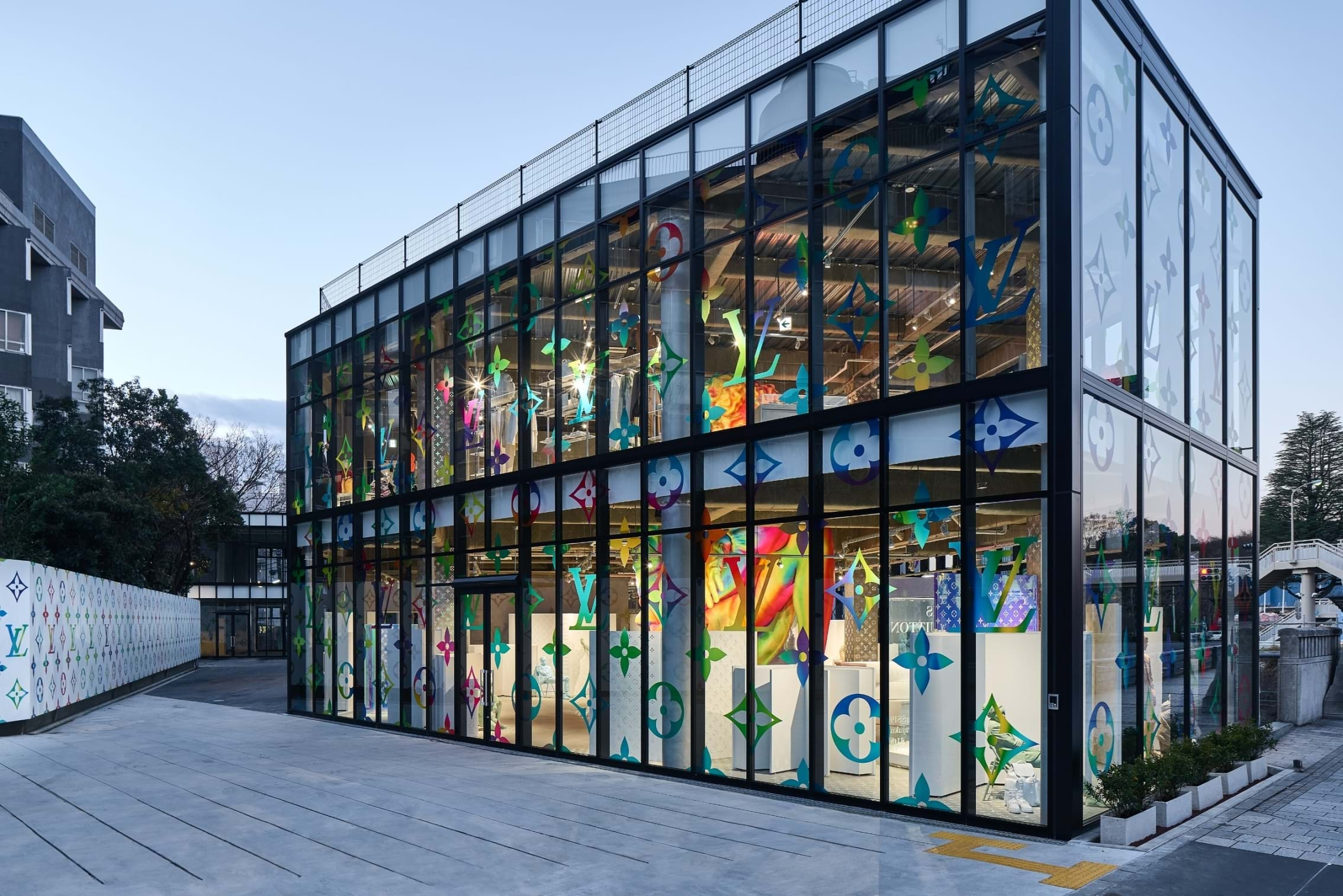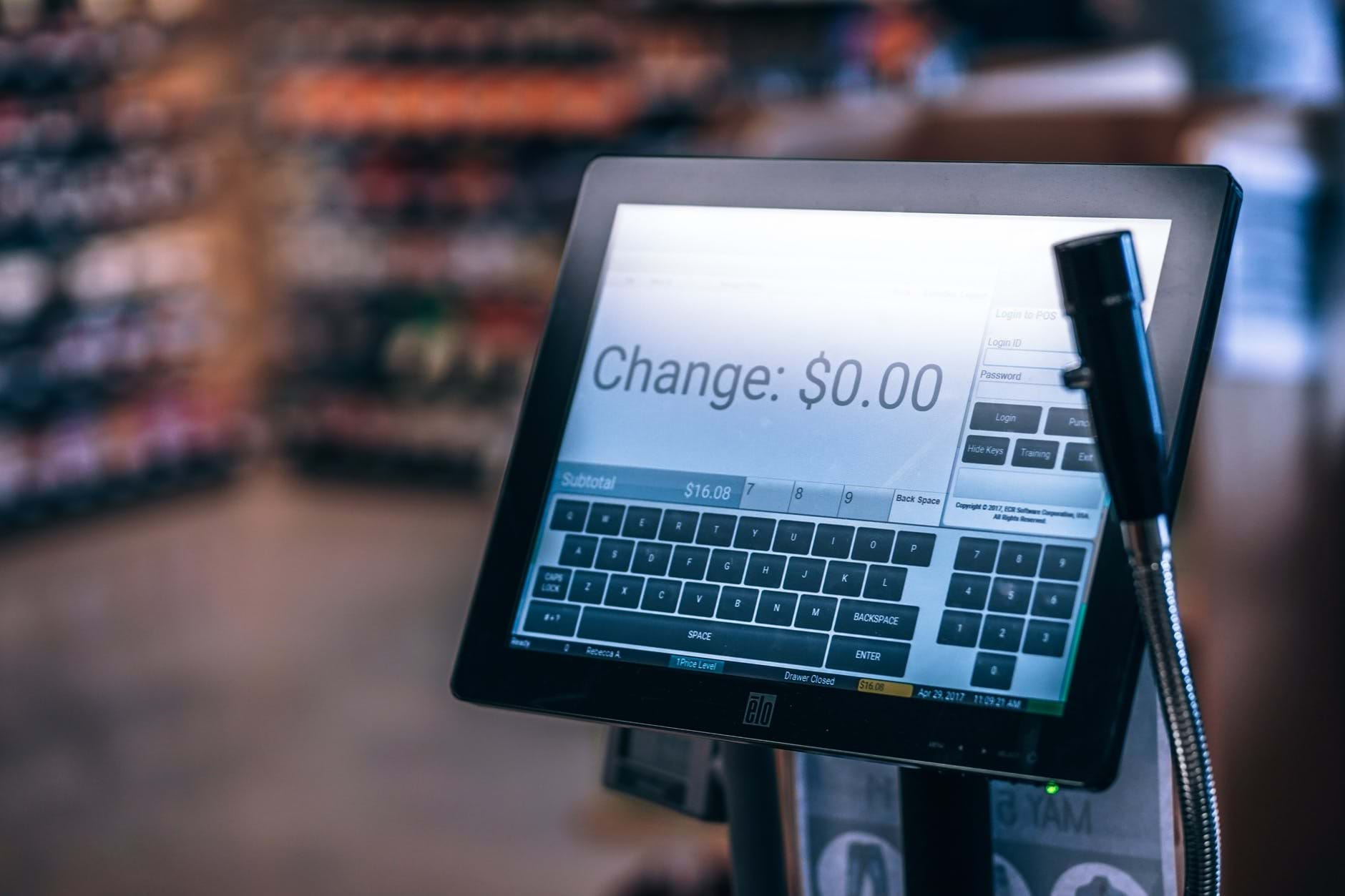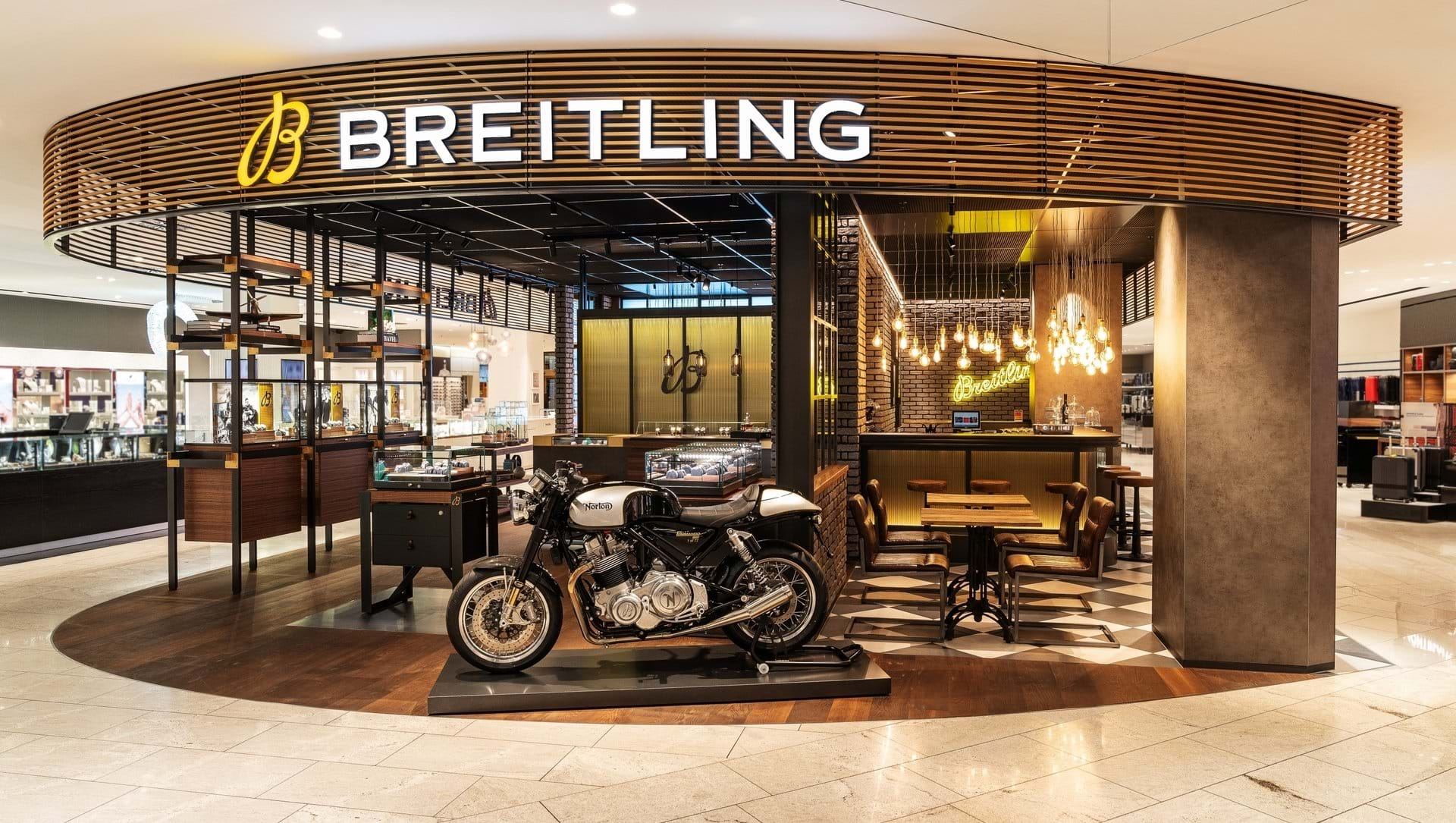Storefronts across the globe are going through a radical shift. With dwindling footfall, rising rental and operational costs, retailers and brands are continuously looking for newer ways to entice consumers to the physical stores. In an extremely dynamic environment where the market is shifting constantly, several challenges exist for retailers, creating an extreme amount of pressure for innovation. It’s no wonder that as consumers increasingly experience the convenience and ease of e-commerce, traditional brick-and-mortar retail has struggled. And not just struggled, it has sharply changed:
- Retail stores are closing at alarming rates with 68 bankruptcies since 2015
- 75,000 more U.S. stores could be doomed
In such a situation, what must merchants do to win? Will the retail industry prosper and thrive? To help answer these questions, let’s take a look at the handful of trends retailers would need to take a closer look at for their business growth.
- Limited Period Pop-ups

(Image source – Louis Vuitton)
Pop up stores are the perfect sales opportunities for brands to sell their products and enhance the customer experience. Pop-ups are a win-win strategy for brands and retailers to create experiences that answer the needs and wants of today’s millennial consumers. Several brands are embracing pop-up culture: e-commerce retailers trying to establish a physical store presence, niche brands trying to build a fan following, and traditional retailers aiming to generate hype and drive conversions. Adidas’s pop store which was to sell limited-edition trainers from an Adidas and AriZona iced tea collaboration recently was in the news when Police had to shut down the store after an unprecedented turnout.
- Coworking:Co-Retail Combo
Rising land, operations, and rental costs are adding pressure for developers and large scale leasers to search for newer models of real estate rental incomes. Just as co-working is the latest model disrupting how people work, co-retail is a combination spreading its wings across the globe as we speak. WeWork, the world’s most prominent co-working space’s latest venture –WeMRKT is evidence of the new model. Office space to thousands of startups, WeWork’s new venture WeMRKT allows its customers to buy products created by startups involved with WeWork. Led by a strong community that believes in the WeWork brand, such a space combines product promotion within the community which would lead to exponential sales due to the existing common ground of belief in entrepreneurship. Such a value-driven marketing has always proven to be a strong marketing strategy.
- Disappearing Checkout Lanes

With automation, AI and other technological innovations will ultimately make checkout lanes a thing of the past. One of the core reasons for customer dissatisfaction is the long waiting next to the checkout lane. Advancements in cart tech, fintech, and others will lead to checkout lanes becoming redundant in less than a decade’s time. Retailers like Standard Market and Zippin in San Francisco are already using the technology and track purchases using overhead cameras that follow customers throughout the store. Smart self-sensors track when products are selected or put back on the shelf.
- Concept Stores & Shop Shares

(Image source – Breitling)
Why take on the entire financial risk when you can share it with someone else. Again a trend created due to rising real estate costs, small and niche brands will collaboratively create spaces in premium locations that can be shared with other brands. As a result, small brands will then be able to compete with name brands in the same premium space which so far would have been out of their reach due to the premium rentals. It could be a window or a shelf space or an entire concept store with a unique theme that ensures a great shopping experience leading to increasing in-store footfall. Breitling’s bistro bar boutique concept in Zurich is the perfect example.
- From product sales to customer experience
With millennials driving the change in the retail industry, the focus has shifted to providing a novel shopping experience. Brands that are able to offer such experiences will witness a significant increase in their footfall helping the brands engage with their customers – and vice versa. The brand experience and the associated brand promise should be the focus of the customer experience because promises must be kept. One of the most important rules in customer experience management.
The retail landscape is evolving rapidly and which brands will survive depends on how well they adapt to the changing demands of consumers. Retail is certainly moving to a direction that caters to the consumers looking for more alternative spaces. Values-based brand marketing that offers unique experiences to customers is what will be a key trend in the years to come.


Recent Comments